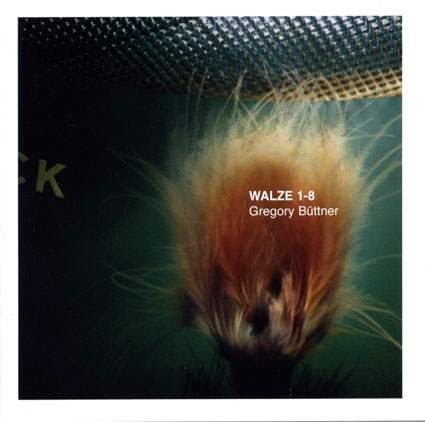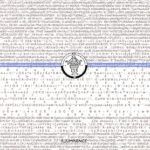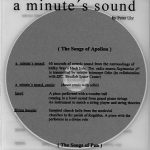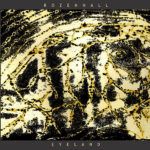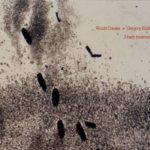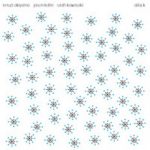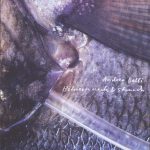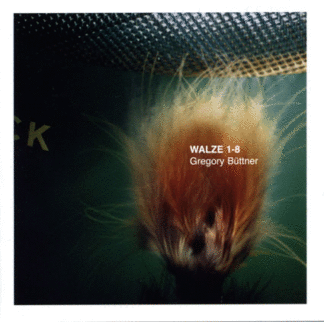Walze 1-8
13,50 € VAT Included
Only 1 left in stock
“The source material of the compositions are historical recordings made on wax cylinders (German:”Walze”) from the archive of the Ethnological Museum in Berlin. The recordings were all made at the beginning of the last century in different parts of the world. For each of my eight pieces I processed the sounds and noises of one wax cylinder using a computer, sometimes modulating them with sine waves (Walzen 3, 4 and 8), combining them to new compositions.
I was interested in the interplay of recorded “memory”, imagination (who sang/played what where and why?) and the disintegration of the information by the material (background noise, technical faults, decay), the fading of semiotic contexts and lastly in my electronic processing. My method was to contrast and integrate the sound of the wax cylinders and the transported audio content.
The recording and storing of immaterial “audio information” made me curious and inspired me to work with the material. Like old photographs that slowly fade, the “audio information” disappears or changes either by decay of the medium or on the semiotic level by the ignorance of the listener who, the older the material becomes, only can imagine how the person whose song or music is played posthumously, thought or lived. In his essay “Die helle Kammer” (English title: “Camera Lucida”) Roland Barthes describes the paradox situation in the coincidence of past and present which takes place when looking at old photos. A similar effect is achieved through the renewed sounding of recorded voices from the past. Of course this holds true with any recording, but is intensified by the old age of the wax cylinder recordings, after all it is likely that all the people that created the music are dead. The impression of times past is increased by technical traces like crackling, rustling, etc. comparable to the changing of colours, folds, scratches and spots on old photographs.”


